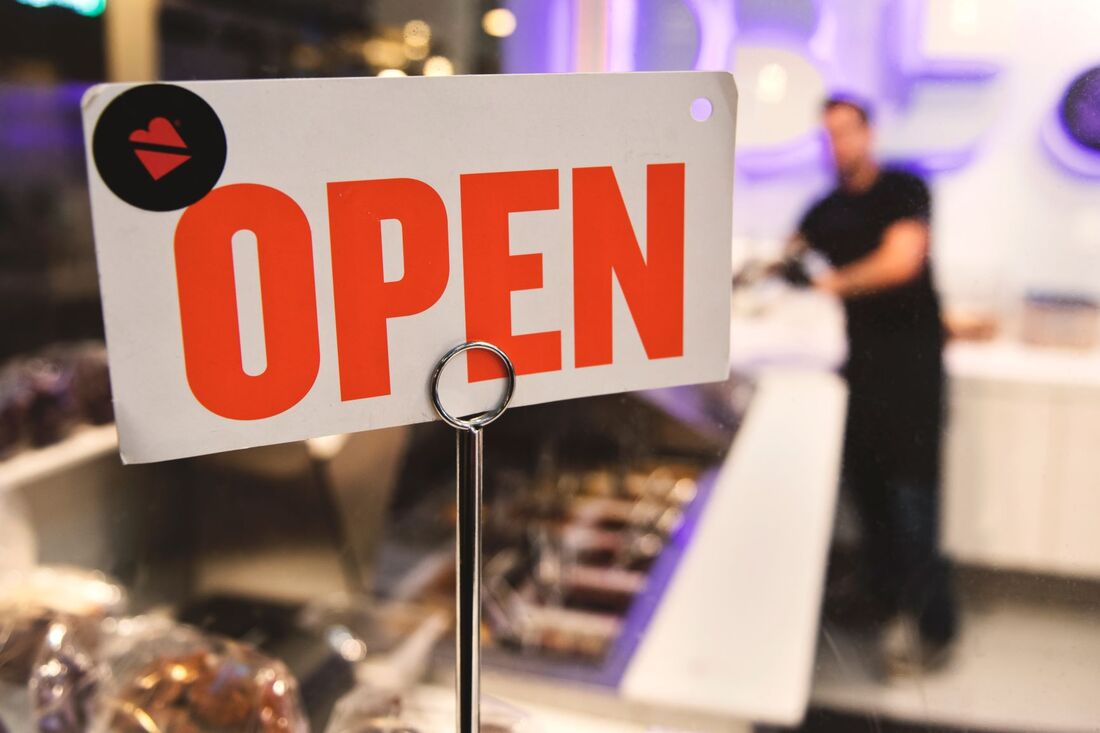|
By Jinsy Blend To say that it is a difficult time to be in the food and beverage industry is an understatement. With headlines, rules, and regulations changing as soon as we have eased into previous recommendations, we are struggling to keep up. Torn between abiding by guidelines and wanting to proceed with business as usual, today’s commercial kitchens must make necessary compromises to retain the integrity of their institutions while following the implications of the new normal.
As many restaurants have had to pivot, at the start of lockdown, dining in was out of the question. Restaurants had to rethink their operations entirely while closing up shop. Numerous institutions opted for takeout and delivery to stay afloat while continuing to serve patrons. Now, restrictions are loosening up and dine-in options are becoming available once again – albeit with reduced capacities. Over the course of a few months, you might have had to drastically edit your budgets and evaluate the most important aspects of your business. Naturally, you may already be taking the proper sanitation measures to keep your establishment safe and clean. In going beyond sanitation, here is a checklist for commercial kitchens that may fly under the radar. Consider paperless menus Leather-bound and laminated menus are taking a hiatus while consumers prefer to minimize exposure through contact. Many restaurants have decided to print single-use menus, which are ideal for regular updates of daily specials, but can be taxing resource-wise. Printing costs can add up, and throwing away stacks of paper leaves an unnecessary carbon footprint. Individually disinfecting menus after every use could also pose potential risks for servers. Instead, commercial kitchens can opt to go paperless. QR codes are becoming more mainstream now, as guests can simply scan the barcode with their smartphone cameras to have a personal menu right at their fingertips. For those who prefer a paper menu for a more authentic dining experience, you can still keep some disposable menus on hand. You can save resources in printing limited quantities of menus, and maximize the potential of technology with the QR code options. Do an inventory of your equipment In pursuit of the less is more ethos, streamlining your operations can also mean decluttering your commercial kitchens. You may have already loosened up your dining areas to keep guests reasonably spread out for social distancing, but you should also do this in the kitchen to maintain space among restaurant staff. This is also the prime time to do an inventory of your kitchen equipment in order to make room for simple and efficient operations. Since you may have fewer hands on deck if you downsized your business, it makes sense to only retain the essentials – or equipment, tools, and appliances that can perform multiple functions. Case in point, instead of buying two items, you can opt for small rice cookers that can serve as steamers or slow cookers. These also take up less space, so you won’t be squeezing in alongside your coworkers. Similarly, your food processors should remain in your kitchen arsenal to avoid frequent touching of ingredients. When thinking about what equipment is essential, consider what will make your lives easier and safer at the same time. Expand your payment options Online banking made waves over the lockdown, and it may be here to stay. Minimizing contact in dining establishments can be facilitated with cashless payment methods. If this is something that you had not quite grasped prior to the pandemic, you have no time to waste in catching up. Many restaurants that have been reopening have requested that customers pay with credit or debit cards, mobile payment portals, and digital wallet apps to make transactions stress- and germ-free. Although similar to the point we raised with disposable menus, you don’t have to ban cash entirely. This could shun away or discriminate against potential customers who do not have these financial resources or smartphones, and simply need to pay in cash. Instead of a blanket ‘no cash’ policy, make sure that your customers know that you’ve expanded your payment options so that they get more inclined to use them, if they are able to do so. Extend your creativity with new ideas While you may have curious customers who are willing to get a peep at your new anti-pandemic equipped establishment, some may still be hesitant to set foot inside – let alone dine in. To ensure that you are serving the varying needs of all kinds of customers, make sure that you have an array of options to cater to all. You may still carry out your dine-in operations, but you can also give patrons an opportunity to experience your restaurant without dining in it. You can assemble meal kits or picnic baskets that give customers a chance to have a taste of their favorite dishes from the comfort and safety of their own homes. A little bit of creativity can go a long way in extending your commercial kitchen to those of your customers’ home kitchens. This may also be the time to boost your social media presence and engagement, so you can have your kitchen staff star in livestreams of cooking demos to keep your restaurant at the top of mind for loyal customers once they are ready to venture back out. This pandemic is truly testing the tenacity and adaptability of today’s commercial establishments. Although we can’t predict how long these changes will last, we can find peace in knowing that these temporary fixes are solutions nonetheless. While it’s a far cry from previous operations, it’s still a reasonable and fair compromise if it means keeping our doors open.
0 Comments
|
AuthorBenjamin Brown is a seasoned restaurant writer and hospitality consultant, serving up SoCal's hottest food news and reviews. Categories
All
Archives
June 2021
@Foodie_Biz |
|
Home
About
Blog
Consulting Tips
Contact
Legal
|
Foodie Biz provides restaurant news and reviews for the food community, as well as consulting advice for restaurant owners and other hospitality professionals.
Contact Foodie Biz for media opportunities and freelance consulting projects. Contact Foodie Biz |




